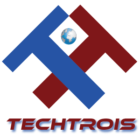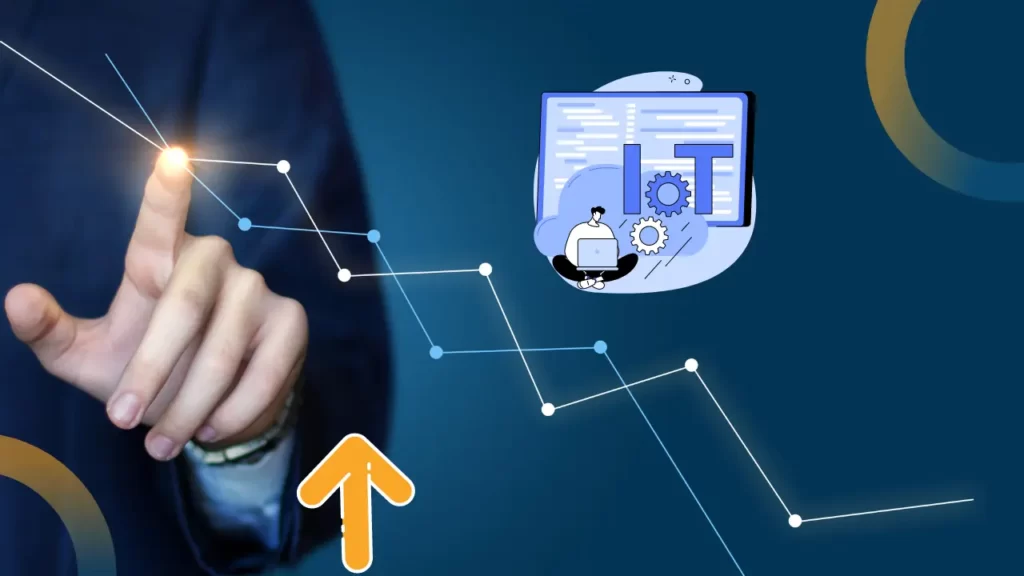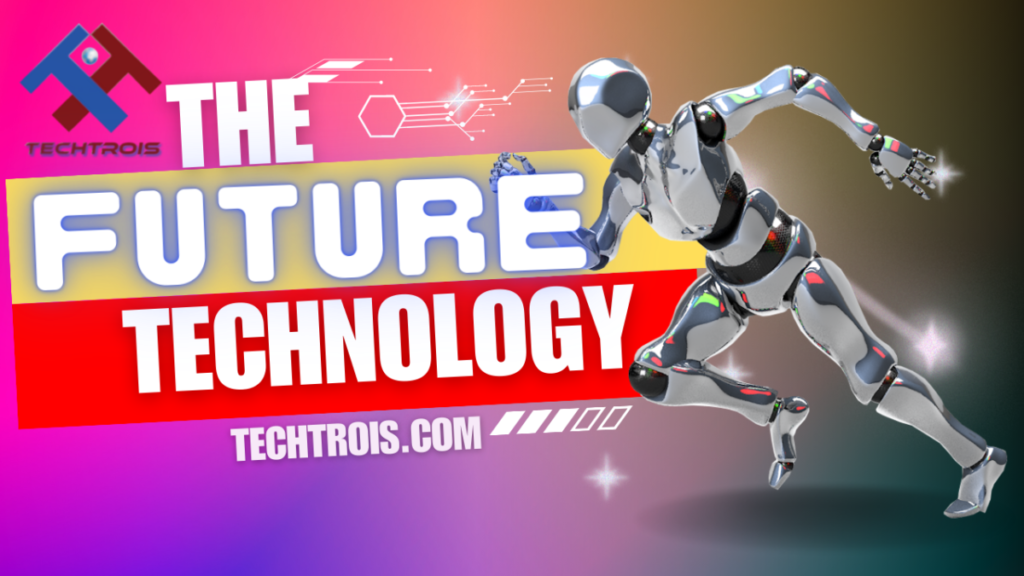Introduction
The Internet of Things (IoT) is often hailed as a game-changer that can transform industries, boost productivity, and provide valuable insights. However, for those interested in adopting IoT, certain myths and obstacles can seem daunting. In this article, we’ll explore the realities of IoT (IIoT) and discuss how to address five key IoT Implementation Challenges.
- Investment: IoT’s potential is immense, but it often comes with hefty upfront costs. Major IoT players like AWS and Microsoft require significant investments in IoT infrastructure and personnel. This investment can be a barrier as IoT Implementation Challenges, especially when the return on investment (ROI) is uncertain. Unlike straightforward cases like smart meters, where savings are evident, IIoT may reveal its benefits gradually, making it hard to justify substantial upfront costs.
- Rip and Replace: Many industrial machines are expensive and complex, designed for specific tasks. Ripping and replacing these machines with IoT-enabled alternatives can be impractical and costly. IoT solutions that require built-in infrastructure from the start may disrupt business operations and result in downtime.
- Skill Sets: Managing IoT systems often requires specialized skills, which can be a challenge for organizations, especially in manufacturing, where IT expertise may be limited. Hiring dedicated IoT professionals and demonstrating their value can be a hurdle to adoption.
- Infrastructure: In remote or challenging locations with unreliable Wi-Fi, traditional IoT solutions may struggle to collect and analyze data effectively. Implementing IoT at the edge, where data is processed locally, can offer a more pragmatic solution, reducing dependence on external connectivity.
- IoT at the Edge: IoT’s practical application can be quite different from its vision. It’s not just about collecting data; it’s about adapting and scaling as needed. Edge computing, which analyzes data at its source, allows organizations to access critical data in real-time, reducing bandwidth usage and infrastructure costs.
Conclusion
IoT’s potential is vast, but it doesn’t always require complex and costly deployments. While major players like AWS and Microsoft have their place, smaller-scale IoT solutions that incorporate edge computing can be more cost-effective and easily scalable. By addressing these challenges, businesses can leverage IoT to gain valuable insights and enhance their operations.



